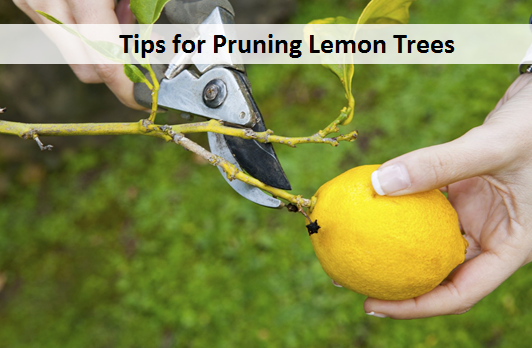

Water: Citrus plants like consistent moisture but not waterlogged soil. For example, move your plant to a partially shaded area outdoors after the last frost in spring, and gradually move it into more light over a period of two weeks. Acclimate your plant gradually when you move it outdoors/indoors. In the spring after the danger of frost has passed, place your citrus tree outdoors to receive the maximum amount of sunlight – 8-12 hours of direct sun exposure – and move it back indoors in the fall, prior to the first frost. Supplemental indoor lighting with a fluorescent or LED grow light will be necessary if ambient light is insufficient.

During the winter, a position near a South-facing window will provide the strongest light. Light: Place your citrus plant where it will receive at least 6 hours of direct sunlight or preferably more (8-12 hours) each day. To grow dwarf citrus successfully year-round, follow these general guidelines.

Dwarf citrus plants are grafted onto cold-hardy rootstock and can be maintained as 3-to-6-foot tall houseplants.Īdequate light, moisture, fertilizer, and hand-pollination (indoors) are essential for successful fruit production. Many dwarf citrus varieties ranging from lemons and limes to mandarins and kumquats are available to home growers. In Maryland, citrus plants need to be in containers that can be moved easily indoors during the winter to a room with a minimum of 6 hours of bright light. Photo: Ria Malloy, University of Maryland ExtensionĬitrus plants grow naturally in tropical and subtropical regions of the world where they thrive with warm temperatures, high humidity, and sandy, slightly acidic soil. Tips for growing citrus plants indoors Meyer lemon growing indoors in a container


 0 kommentar(er)
0 kommentar(er)
